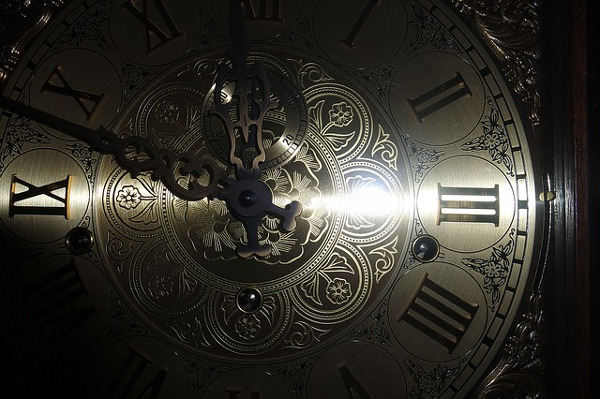
Can time exist without change? Aristotle thought not, and David Hume claimed that “’tis impossible to conceive … a time when there was no succession or change in any real existence.” But in 1969 Cornell philosopher Sydney Shoemaker offered a thought experiment that purports to show otherwise.
Consider a universe that consists of three regions, A, B, and C. Periodically a region might experience a “local freeze” in which all processes come to a halt. The inhabitants of a frozen region do not observe the passing of time but resume their awareness at the end of the freeze.
With experience, the inhabitants determine that each freeze lasts exactly one year and that the freezes occur at regular intervals: Region A freezes every third year, Region B every fourth year, and Region C every fifth year. This suggests that all three regions freeze every 60th year.
Shoemaker wrote, “If all of this happened, I submit, the inhabitants of this world would have grounds for believing that there are intervals during which no changes occur anywhere.” It’s true that none of the inhabitants would be able to verify this directly, but given the regularity they observe in the local freezes, the reality of the total freeze seems to be the simplest hypothesis.
Whatever we think of this argument, the example does run into one sticking point: It’s hard to see how a total freeze could end. If nothing in the universe is changing, it seems, then there can be no causes.
(Sydney Shoemaker, “Time Without Change,” Journal of Philosophy 66:12 [June 19, 1969], 363-381.)
